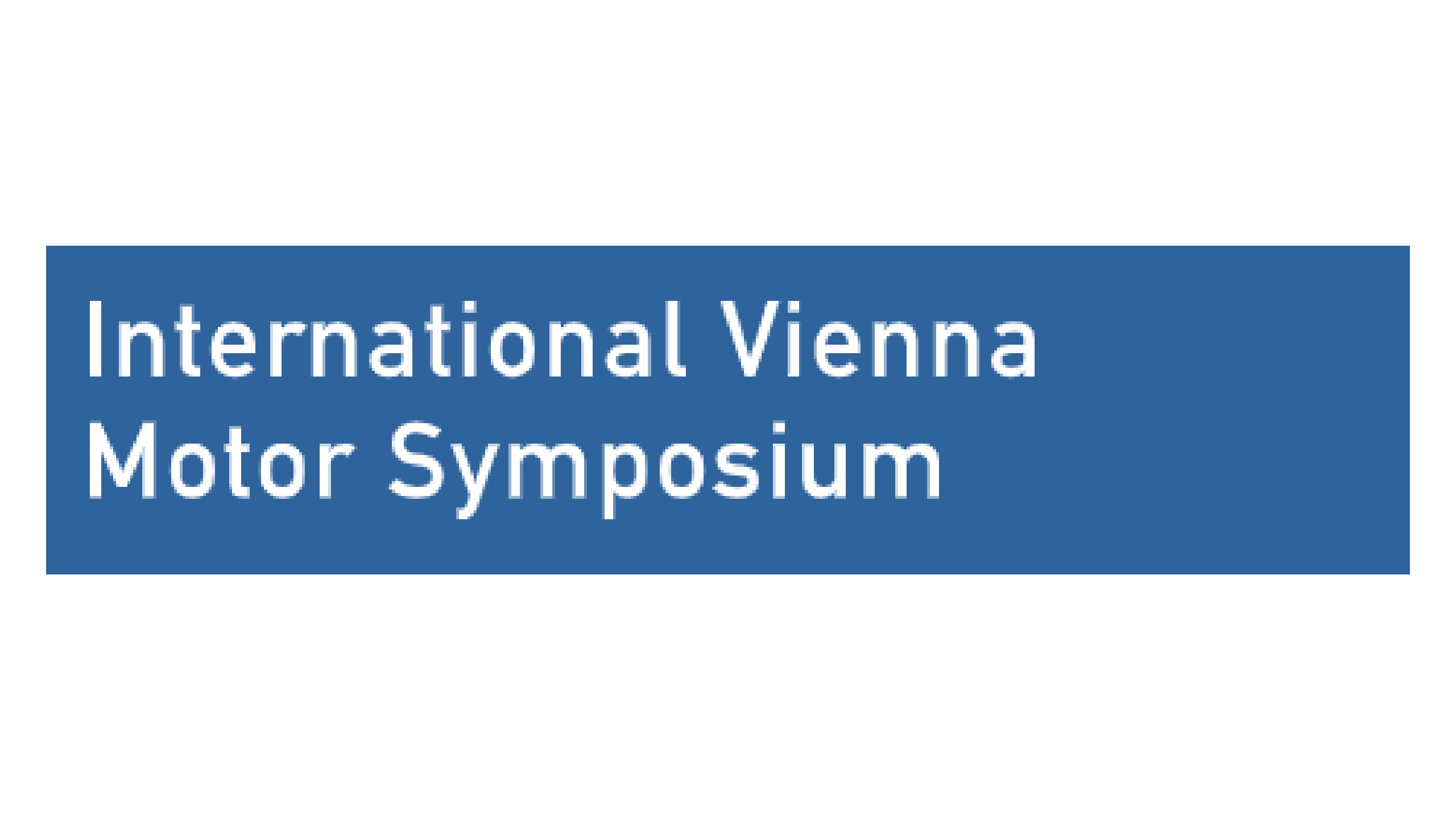Pioneer in Using Virtual Reality
At the end of March, IAV opened its new VR lab in Gifhorn. The use of virtual reality promises a better evaluation basis and therefore faster project progress because VR provides an earlier and better evaluation of concepts in 3D. The VR lab also makes it possible to collaborate across different locations for development and training purposes. In future, IAV is planning to offer its expertise in virtual reality to other companies.
Virtual reality (VR) will play a key part in tomorrow’s engineering processes. “This technology lets us view development stages in 3D without having to construct expensive prototypes,” explains Christopher Wolf, Senior Vice President for Business Development and Virtual Engineering as well as Product Owner of the xR team at IAV. “All that is necessary is for the relevant CAD data to exist. Even today, converting it into VR information is semiautomated and is expected to be possible at the press of a button in two years at the latest”. The use of VR is not only limited to components or vehicles. Processes can also be visualized and optimized, for example for later volume production.
Using Virtual Reality, for example, we can realize several alternative concepts at early stages in the development process and quickly switch between them to compare them.
— Senior Vice President for Business Development and Virtual Engineering as well as Product Owner of the xR team at IAV
Later on, release decisions can also be made on the basis of VR, for example in relation to package or component installation. This saves time and money. “Compared to constructing a prototype, VR only takes about 20 percent of the time, making the cost savings even greater,” says Wolf. “It is relatively easy to generate different variants on the basis of a virtual model.” The subject is attracting increasing interest in the industry. Initial customer Inquiries have already been received on the use of VR in development processes, and discussions on specific projects have taken place.
Cooperation across sites
The new VR lab in Gifhorn has a footprint of 15 by 15 meters, enabling developers to walk around even large virtual vehicles or truck tractors in a very natural way and view them from every conceivable perspective. All views can be filmed, photographed and annotated for documentation purposes. And not only in Gifhorn: if need be, customers or other IAV sites can also be linked in – for example the VR rooms IAV operates in Berlin, Chemnitz/Stollberg, Munich and Shanghai. This permits cross-locational cooperation in real time. “In the future, our customers will be able to participate in a meeting from their office with VR glasses,” says Wolf. “The only condition is for their firewall to permit a link of this nature.”

A core team has been driving forward efforts to set up the VR lab since 2017. “We work on all projects on an agile basis and, if necessary, call in technical experts from other IAV departments,” Wolf says. To date, the VR experts have breathed virtual life into the autonomous HEAT shuttle and the IAV truck. For one customer, they visualized the installation of a fuel pump and the chassis of a new concept car. “We have expertise in both fields – virtual reality and automotive engineering,” says Wolf. “This means that, as pioneers, we can establish this technology as an integral part of future development activities. This includes advising suppliers wanting to use VR to present new solutions to their customers.”
Advice on setting up and operating VR labs
However, virtual reality is not only to be used for optimizing the development process. Training courses will also benefit from the technology. “VR training is almost as good as instruction with a trainer in the same room,” Wolf says. Besides the automotive industry, he thinks that other sectors, such as architecture, medicine and tourism, will also be able to use virtual reality. In other words, all sectors working with concepts, studies and design results for which they need to make decisions. This is why Wolf and his team want to help prospective customers in future to set up their own VR infrastructure, for example by supplying hardware and software or by fully operating VR labs on customers’ behalf.

To date, IAV is the only engineering partner to operate a VR lab of this kind. “It is to provide the incubator for spreading virtual reality as a development technology at IAV and throughout the automotive industry,” says Wolf, summing up. “Ideally, all developers will in future have VR glasses at their workplace and be able to view and evaluate concept states in 3-D.” Setting up the new facility in Gifhorn, IAV has taken an important step into this future world.
The article was published in automotion 02/2019, the automotive engineering magazine of IAV. Here you can order the autmotion free of charge.


